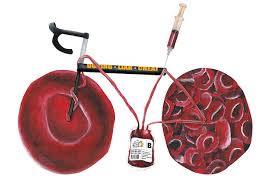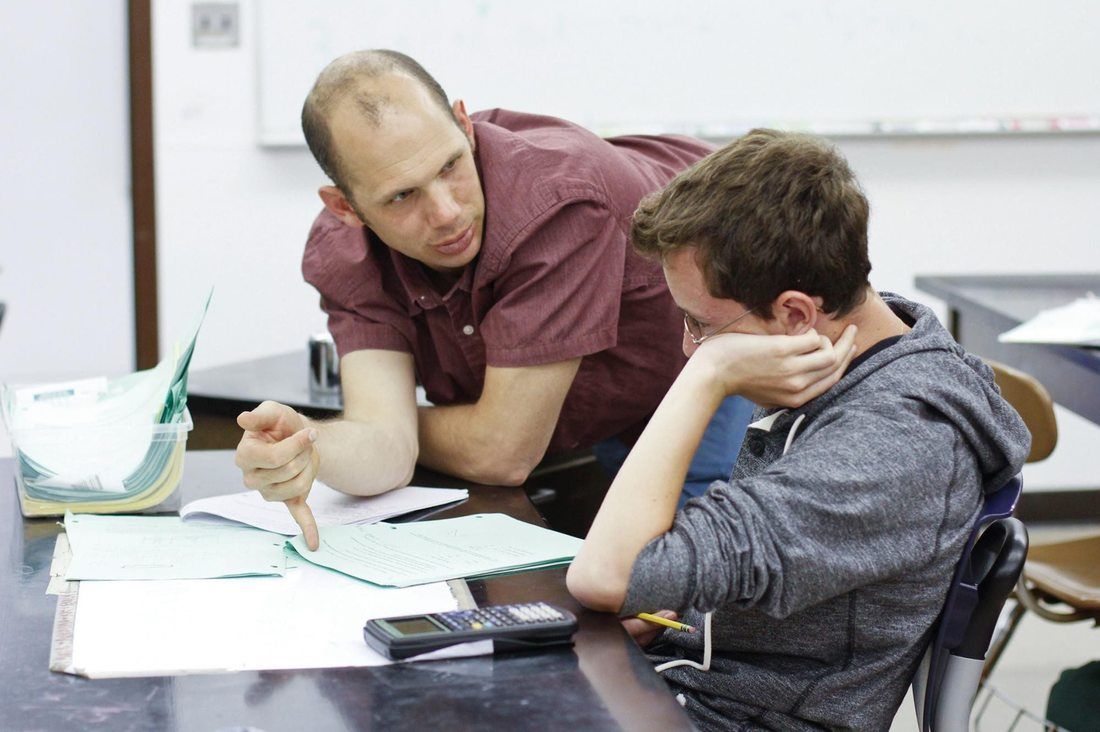|
|
|
As I continue to 5E Lesson Cycle examples, I thought I would share a short example of a game I play to make the often boring "Explain" phase of the cycle, not so boring.
The "Explain" phase is characterized by the delivering of lower Blooms Taxonomy type information to help students fill in knowledge gaps intentionally surfaced during the "Engage" and "Explore" phases. Spackle, not paint. Think of Daniel Larusso in the Karate Kid painting his mentor's fence, or waxing his car. Lower Blooms information that the learner returns to, despite its monotony, because the student has been Called to Adventure. The menial tasks have a meaning. They have context. The mentor is delayed. After a laboratory on Flame Test colors with my Honors Chemistry students, where they were challenged to predict the relationships between electrons, energy, and light, I was challenged with boring task of teaching them how to write proper Electron Configurations. The "wax on, wax off" of chemistry. The skill is quick, but requires a lot of repetition to master, before we can move onto the "Extend" phase of applying their knowledge to more complex, and applicable content domains such as Photoelectron Spectroscopy. It is a perfect candidate for my favorite game: Lower Blooms Hoops! Here is how I do it:
My kiddos literally solved 100 electron configurations today. Not sure what I'll give them, but that's not the point. Shh.... Check out a quick video of the process I took today. Apologies for the quality and informal style of the videographer :)
*Note: The below lesson is only an outline meant to encourage deeper thinking about the 5E cycle.
Standard
NGSS: HS-LS2-3: Construct and revise an explanation based on evidence for the cycling of matter and flow of energy in aerobic and anaerobic conditions. 1. Engage
Display the below image and ask the question: What are you curious about?
Desired student questions include, but are not limited to, the below:
*Purpose: To surface content related questions without explicitly asking students. 2. Explore
Teach how to leverage Arduino Uno to create their own Pulse Oximeter. Click here for instructions and materials. Once complete challenge students to design and conduct an experiment to determine the impact that various types of exercises and activities (breathing through a straw, etc.) have on pulse and oxygen saturation. Students will then hypothesize the relationship between pulse, oxygen saturation and energy use. Experiment must be conducted using appropriate research design methodology. (Control, independent, dependent variables outlined clearly)
*Purpose: To challenge students to think deeper about energy during exercise and strain, as well as revisit research methodology and promote crosscutting NGSS integration such as engineering, etc. into the lesson. By not addressing "Blood Doping" directly, students are left wondering the relationship between the "Engage" and "Explore" phase further intensifying their curiosity and desire for more content. 3. Explain
Conduct a lesson on Cellular Respiration, clearly outlining and diagraming the process of Glycolysis, Krebs cycle, and defining organelles such as the cytosol and the mitochondria. Once complete, ask the driving question: How does the processes outlined relate to "Blood Doping". After students share their responses, play the video below:
*Purpose: To deliver basic content (diagrams, processes, vocabulary) to help students make a deeper connection between the "Engage" and "Explore" phases.
4. Extend
Pose the below medical case study to students and challenge them to:
A, 23-year-old, 5’ 9”, 105 lb, caucasian female presented in her physician’s office with a sudden onset of weight loss along, pain when urinating, and chronic extreme hunger. The patient also reported a strange mold-like substance forming in her toilet over the past week. *Purpose: To facilitate connection between information obtained during the "Explain" phase and applications of content in the "real world" (note: I hate the term "real world" but application can extend beyond medical diagnostics, etc.). 5. Evaluate
This is the third year that I am teaching a course titled "Introduction to Robotics" as part of our regular curriculum at Sonoma Academy. Click here to access our class website.
The goal of the first few weeks is to answer the question "What is Robotics?" Merriam-Webster defines a "Robot" as... ...a machine that resembles a living creature in being capable of moving independently (as by walking or rolling on wheels) and performing complex actions (such as grasping and moving objects). I have always struggled to help students derive there own definition of what a "Robot" is using standard curricular materials. The "...moving independently" portion of the definition is not a problem initially, as most systems (Lego Mindstorm, VEX EDR, etc.) feature the ability to autonomously program the robot to perform complex tasks. Not a problem. However, when relating a definition of the structure of robotic competitions such as those seen in FRC, and VEX I have always struggled. Each of these competitions features a "telops" phase, where a driver is remote controlling the robot to perform a series of tasks in addition to an "auton" phase, where the robot performs the tasks individually. Logically explaining to students that remote controlling a system is a branch of robotics is difficult. If a human is in control, is the machine still performing a series of complex tasks? How do we rationalize the inclusion of a human controller into the field of Robotics? This year, I decided to tackle the conceptually challenging topic of rationalizing the role of the "telops" in robotics. Here is what I did for the first two weeks:
Student responses were fascinating. All students understood that in the Arduino Uno controlled autonomous robot, the program written living on the microprocessor provided commands directly to the motor controllers, guiding the robots movements. The remote controlled robot "program" surfaced different, incredibly intriguing responses such as: God programmed us to send a signal to the receiver to control the robot. Evolution programed us to send a signal to the receiver to control the robot. Education programmed us to send a signal to the receiver to control the robot. Amazing questions also emerged: Is it possible to program the Arduino to fight more efficiently than the remote controlled robot? What happens when the intelligence of the Arduino Uno matches that provide by God, Evolution, etc.? Is this related to the Technological Singularity? AI? Although this unit laster longer than I would have liked, the physical motion of removing the transmitter-receiver system, and replacing it with a preprogrammed microprocessor opened up incredible discussion about what it means to be "...moving independently". I freaking love teaching. |
Categories
All
Archives
March 2024
|


 RSS Feed
RSS Feed